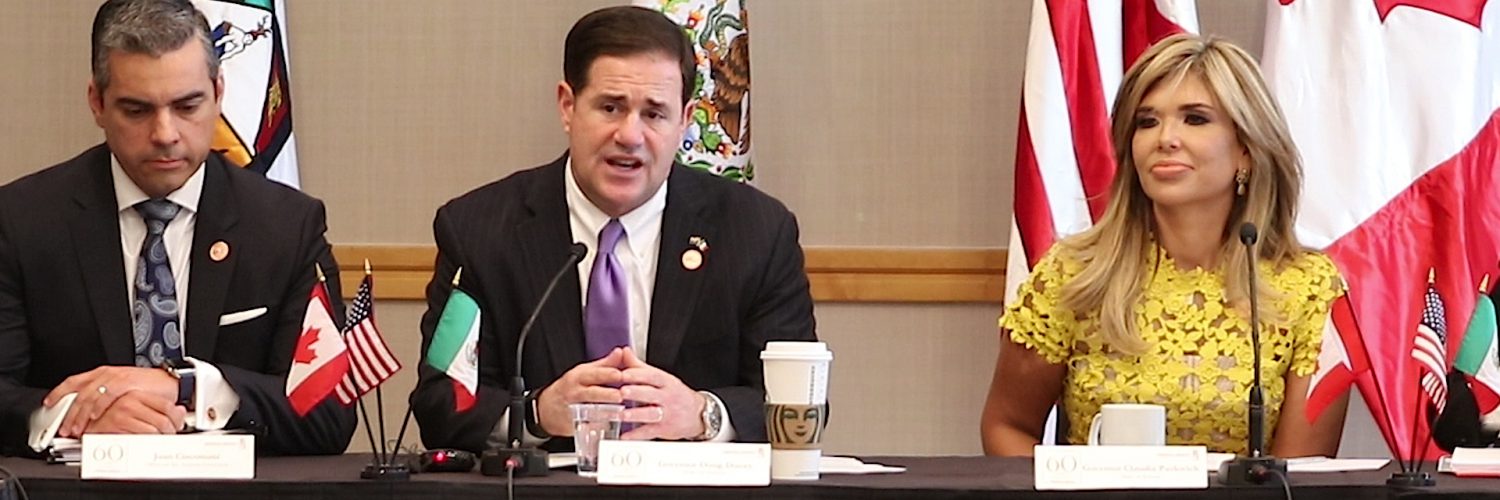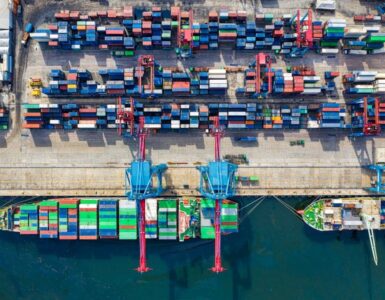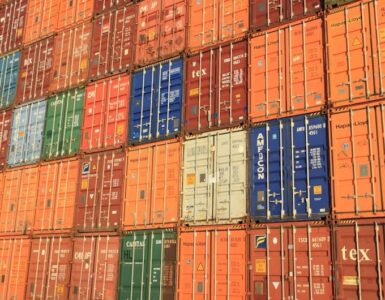As political battles over immigration produce few results on Capitol Hill, two border governors have gone about building their region into an economic force for both their countries, the United States and Mexico.
Arizona Governor Doug Ducey and Sonora Governor Claudia Pavlovich spoke together at the Arizona-Mexico Commission (AMC) Summit in Phoenix Friday, emphasizing that their friendship is as important as their partnership in commerce and trade.
“We have a great friendship. We share principles and that unites us. We are the front for the rest of the world,” Gov. Pavlovich said in Spanish before a crowd of about 700 at the event in Phoenix, June 26-28.
Attendees included business leaders, CEOs, policymakers, trade representatives, dignitaries and others who came together for three days to take part in planning sessions for the future of the two economies.
Both governors, who came into office at about the same time, have worked with the commission to create cross border initiatives and projects to further cross border commerce over the past four years.
“This relationship is so incredibly valuable. Mexico is Arizona’s No. 1 trading partner times four,” Gov. Ducey said.
Free and open trade between the two states and countries has created one of the largest economies in the world, the two said.
Call for ratification of free trade pact
They both called on the crowd to lobby the U.S. Congress to ratify the new free trade agreement called the United States-Mexico-Canada Agreement (USMCA).
The agreement would replace the outdated NAFTA and bring tariff-free trade into the modern age. There are new chapters on digital trade, protection of intellectual property, and the opening up of international trade to more small and medium-sized businesses.
Mexico took the first step, ratifying the agreement almost unanimously. Canada strongly favors passage. All are waiting on the U.S. to make the next move.
“I want to applaud the Mexican legislature for the action they have already taken and now it’s time for Canada and the United States to follow suit,” Gov. Ducey said. “This is about common sense. It’s pro growth and pro jobs.”
Open trade between Arizona and Mexico totaled $16.6 billion in 2018, reflecting 7 percent growth from the year before, he said. Trade with Mexico and Canada supports 228,000 jobs in Arizona.
Tariff threats quiet, for now
Both governors also spoke about tariffs and recent threats from President Donald Trump to impose up to 25 percent in trade duties on all Mexican goods if it is unable to slow the crush of Central American families trekking north to seek asylum in the U.S.
Mexican negotiators were able to make promises to cause Trump to back down, for now. But the threat hangs over industries that engage in cross border commerce, Pavlovich said.
“When you do that, you create sensitivity in society and in business people that are generating money and improving our economy. It causes confusion,” she said in Spanish.
Trump’s threats to ratchet up trade taxes and shut the border only causes people who “don’t feel any safety” to rush north, fearing this may be their last chance, Pavlovich said.
“When you make threats, you are attracting what you don’t want,” she said.
Ducey, who supports President Trump, was diplomatic on the topic.
“There are no tariffs. There have been no border closures. But there are real issues at the border,” said Ducey, who applauded Congress for finally taking action last week to allocate $4.6 billion for humanitarian aid and 30 new immigration judges.
Whatever may come, both governors vowed to work together. Moving forward, a key goal for the future will be to modernize and expand ports of entry.
“If we are neighbors, let’s be good neighbors,” Pavlovich said.
Ducey agreed, saying, “Political climates will ebb and flow but they will never define what we will do as neighbors.”
Accomplishments together
For the past four years, their partnership has been one of the strongest between two governors since the commission was founded, said Jessica Pacheco, president of the AMC.
Their strong relationship and open trade has brought new industry to the region, like Lucid Motors that is investing $1 billion to build an electric vehicle factory in Casa Grande, Pacheco said.
Under their leadership, the work of the Arizona-Mexico’s 16 committees has been re-energized, said Juan Ciscomani, vice chair of the AMC and Ducey’s senior advisor for regional and international affairs.
Between 2015 and 2018, 13 memorandums of understanding, declarations of cooperation and joint statements have been signed and issued under their leadership, contributing to improvements in public safety, ease of transportation, quality of education, and joint efforts in the promotion of tourism and economic development in the shared region.
In recent years, the AMC has taken things to an entirely new level with projects such as the Border Liaison Unit and the establishment of the Safety Corridor between the Lukeville-Sonoyta Port of Entry and Puerto Peñasco, Sonora, Ciscomani said.
To read more about the relationship between the two states, go to: five things to know about the Arizona-Mexico relationship.
















Add comment